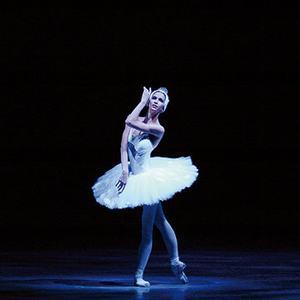You are here
A New Direction for Ballet Music
In Swan Lake, Tchaikovsky took classical ballet music on a new path. It was the first of his classic ballets, written in 1877, followed by Sleeping Beauty in 1890 and The Nutcracker in 1892.
Previously, ballet scores were written in a mostly light, airy style noted for its charm and elegance, or, as music critic Harold Schonberg wrote, “um-pah-pah music.” For the most part Tchaikovsky took a dim view of these works, and infused Swan Lake with a rich, passionate warmth that was to become his balletic and orchestral hallmark.
The music was originally criticized as sounding too “symphonic,” and parts of it also sound operatic. “Each [ballet] score has the equivalent of arias, duets and ensembles,” Schonberg wrote in “The Lives of the Great Composers.” In fact, Tchaikovsky employed opera music, recycling material he had written for “The Voyevode,” an earlier, abandoned opera, in the second and third scenes of Swan Lake.
In one respect, however, Tchaikovsky was happy to have a model. The ballet Giselle, first performed in 1841 and written by Adolphe Adam, employed a technique known as “leitmoitifs,” which were signature melodic phrases or tunes to signify different characters. Tchaikovsky used leitmotifs for all his ballets, as did Wagner for his operas.
We will be playing a symphonic suite from Swan Lake on April 26, which presents 50 minutes of both favorite dances and its grandest symphonic passages.

Swan Lake